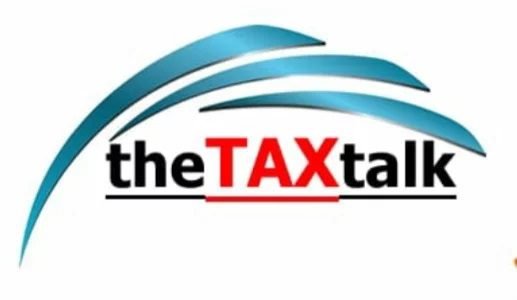![]()
Whether surcharge is applicable at respective surcharge slab rate or at maximum surcharge rate in case of the Private Discretionary Trust?
Recently, Special Bench of Mumbai ITAT in the case of Aaradhya Jain Trust Vs ITO [SB decision] was dealing with the issue of levy of surcharge in Private Discretionary Trusts case?
It has observed that the way CPC programs are devised, when it comes to the taxation of private discretionary trust, not only is the tax levied at the maximum marginal rate, but the surcharge is also levied at the maximum rate- rather than at the applicable slab rate on PDT’s income. That is the position taken by the revenue authorities.
This approach is incongruous in as much as the levy of tax at the maximum marginal rate, even as an anti-abuse provision, seeks to nullify undue benefit received by a taxpayer by formation of trust rather than punishing him for formation of such a trust.
Sec 2(29) refers to the “rate of income tax (including a surcharge on income tax, if any) applicable in relation to the highest slab of income”. If the total income of the trust is below the threshold limit of Rs 50 lakhs, surcharge does not come into play, and where surcharge is applicable, it must correspond to the respective slab of income. That is how this provision was construed all along by the ITAT.
In Aradhya Jain Trust case [TS-741-ITAT-2024(Mum)], however, the CPC approach was upheld and in fact well rationalized. This ITAT DB deviated from the earlier ITAT decisions and, in its support, referred to academic literature , including an oft referred treatise on income tax law, and the principles emerging from many binding judicial precedents. It was held that “Policy … is to discourage discretionary trust by charging the income of such trust in the hands of the trustee at the maximum marginal rate…. such a policy is defeated, if we hold that the beneficiary of a trust is chargeable to tax and also surcharge at the highest slab, but the assessee trust is charged to tax at the highest slab but lower rate of surcharge” and that “anti Avoidance rule and therefore should be given a strict interpretation”.
An ITAT Spl Bench has now disapproved of that approach and, with an erudite and extended discussion not only on ITA provisions but also constitutional law provisions, concluded that the maximum marginal rate means only the highest tax slab rate as per Finance Act, and surcharge as applicable on the respective income slab. It is opined that the revenue’s approach would make slab-based surcharge provisions redundant. It brings a well-deserved relief to the small PDTs. It is admirable that the ITAT has disposed of SB reference quickly within six months-adding to the efficacy of SBs.
There is, however, also a broader question, i.e., whether a special bench can be constituted in a case where, in the preceding year, the same issue has been decided and that decision is pending in further appeal. An elaborate and nuanced discussion on this issue, the stand of two successive ITAT Presidents, of SB and DBs, may be found in para 9 to 11 (p 5) in General Motors decision dtd 11.8.16.
The Copy Of the order is as under:


